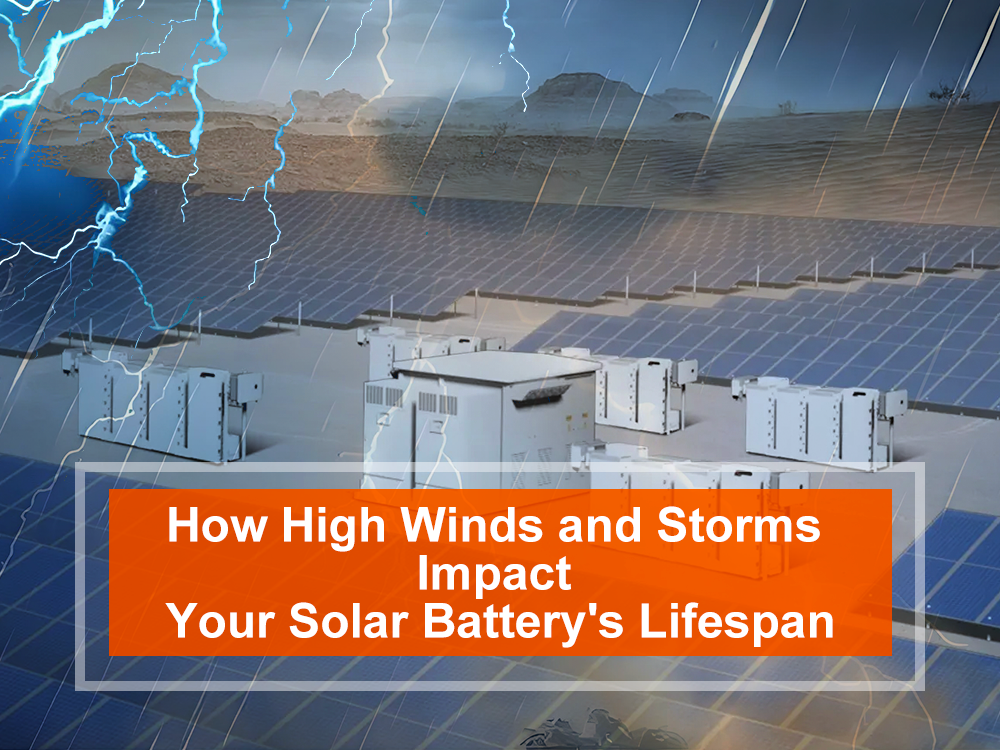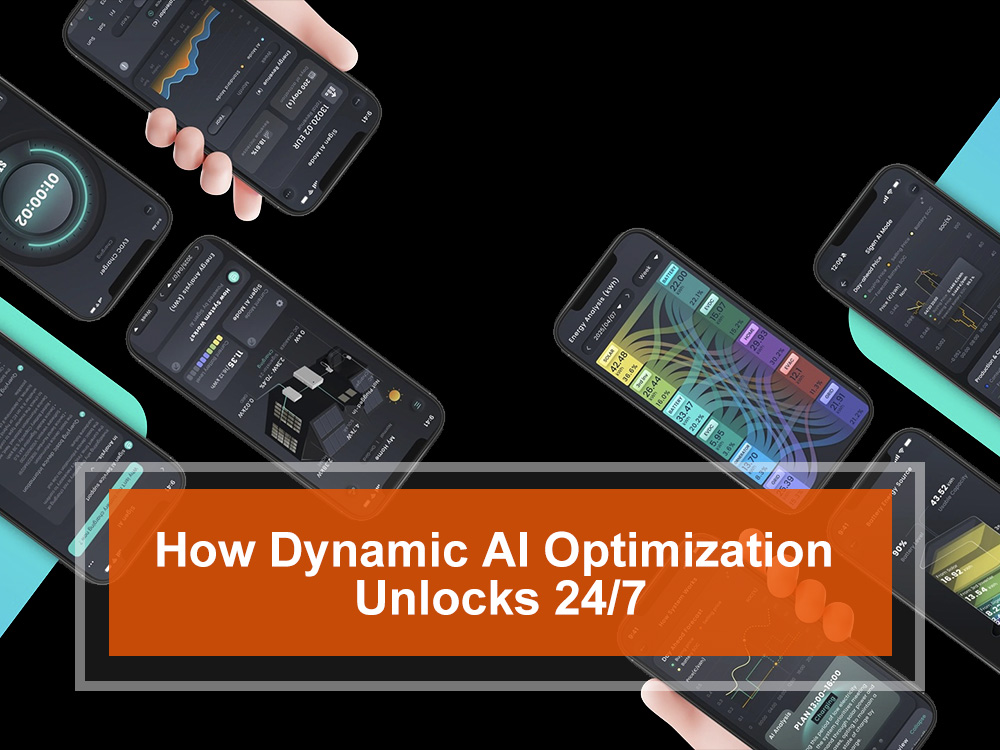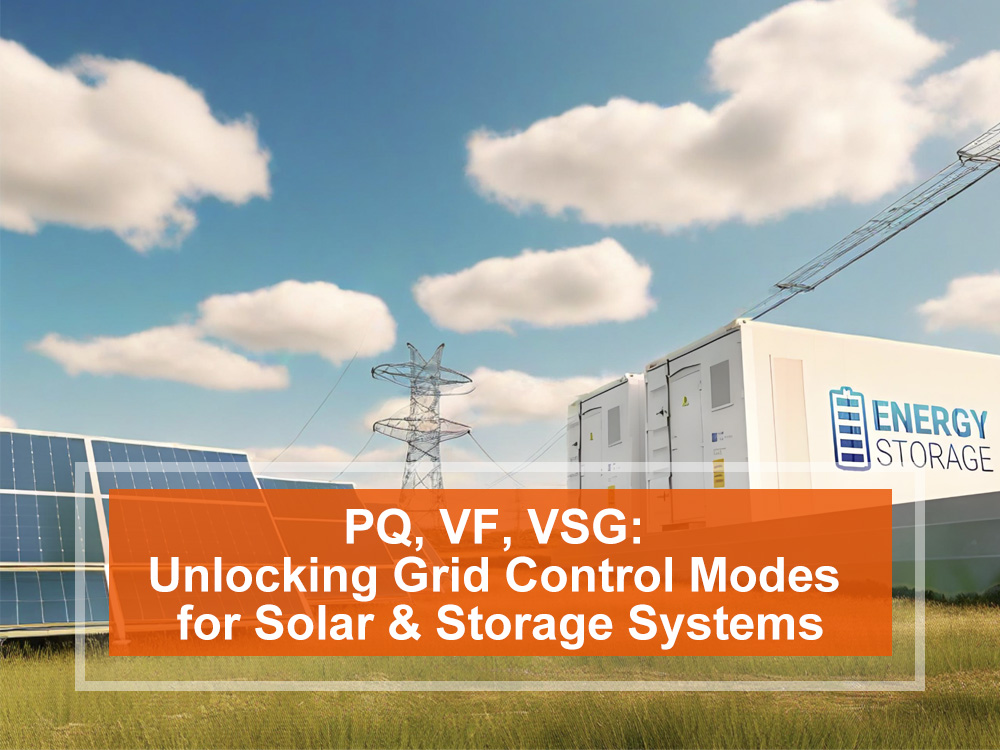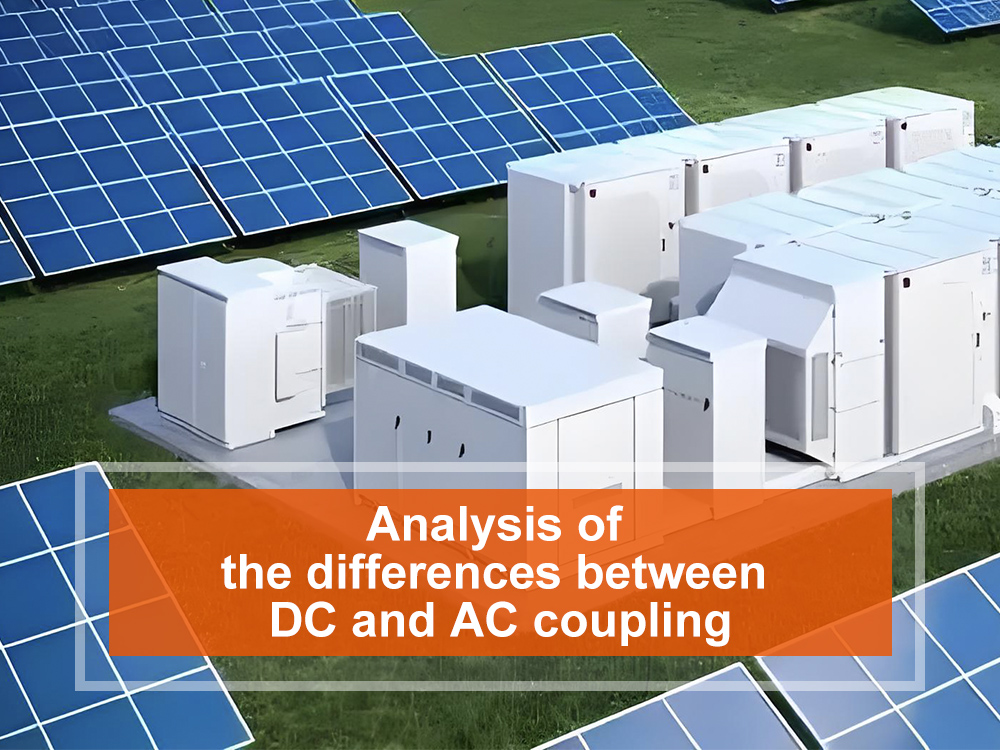
-
 Strong winds and heavy rain pose significant threats to the longevity and performance of your solar energy storage system. While solar panels are built to withstand the elements, the battery unit is often more vulnerable. Understanding these risks is key to ensuring a long system life.The Hidden Dan
Strong winds and heavy rain pose significant threats to the longevity and performance of your solar energy storage system. While solar panels are built to withstand the elements, the battery unit is often more vulnerable. Understanding these risks is key to ensuring a long system life.The Hidden Dan -
 *How Dynamic AI Optimization Unlocks 24/7 "2 Full Cycles Daily" Profits*For energy storage operators, the gap between planned and actual cycles costs millions:➔ Valley windows close with batteries half-charged➔ Peak prices peak with energy trapped in the system➔ Buffer failures trigger $10k+ grid pe
*How Dynamic AI Optimization Unlocks 24/7 "2 Full Cycles Daily" Profits*For energy storage operators, the gap between planned and actual cycles costs millions:➔ Valley windows close with batteries half-charged➔ Peak prices peak with energy trapped in the system➔ Buffer failures trigger $10k+ grid pe -
 Understand grid-following (PQ), grid-forming (VF), and virtual synchronous generator (VSG) modes – core technologies enabling stable solar+storage integration. As renewable penetration surges, advanced grid control technologies become critical for solar+storage systems. PQ (Grid-Following), VF (Grid-Forming), and VSG (Virtual Synchronous Generator) modes empower inverters to balance energy flow, stabilize microgrids, and support grid resilience. Here’s how they work.
Understand grid-following (PQ), grid-forming (VF), and virtual synchronous generator (VSG) modes – core technologies enabling stable solar+storage integration. As renewable penetration surges, advanced grid control technologies become critical for solar+storage systems. PQ (Grid-Following), VF (Grid-Forming), and VSG (Virtual Synchronous Generator) modes empower inverters to balance energy flow, stabilize microgrids, and support grid resilience. Here’s how they work. -
 Complete Energy Security (Whole Facility Backup): Guaranteeing continuous power for all critical operations, seamlessly integrating with diesel generators for extended off-grid resilience through intelligent Gateway control. Optimized Critical Backup (Partial Facility Backup): Prioritizing power to essential circuits while maximizing cost-efficiency and battery life, featuring smart load management for high-power equipment and Power Sensor enabled zero-export grid connection. Maximum Savings & Sustainability (Non-backup/Grid-Tied): Focusing purely on reducing energy costs through optimized solar self-consumption and battery arbitrage, without backup functionality, utilizing scalable solutions like SigenStor EC and Sigen Hybrid inverters.
Complete Energy Security (Whole Facility Backup): Guaranteeing continuous power for all critical operations, seamlessly integrating with diesel generators for extended off-grid resilience through intelligent Gateway control. Optimized Critical Backup (Partial Facility Backup): Prioritizing power to essential circuits while maximizing cost-efficiency and battery life, featuring smart load management for high-power equipment and Power Sensor enabled zero-export grid connection. Maximum Savings & Sustainability (Non-backup/Grid-Tied): Focusing purely on reducing energy costs through optimized solar self-consumption and battery arbitrage, without backup functionality, utilizing scalable solutions like SigenStor EC and Sigen Hybrid inverters. -
 DC coupling uses a hybrid inverter for direct PV-to-battery DC charging (1 conversion → higher efficiency). Ideal for new installs. AC coupling employs separate PV + battery inverters, converting DC→AC→DC for charging ( 2 conversions → lower efficiency), but excels in retrofitting existing PV systems. Choose DC for cost/efficiency; AC for flexibility/upgrades.
DC coupling uses a hybrid inverter for direct PV-to-battery DC charging (1 conversion → higher efficiency). Ideal for new installs. AC coupling employs separate PV + battery inverters, converting DC→AC→DC for charging ( 2 conversions → lower efficiency), but excels in retrofitting existing PV systems. Choose DC for cost/efficiency; AC for flexibility/upgrades. -
 In solar energy storage ecosystems, BMS, EMS, and PCS form a synergistic triad with distinct roles: BMS (Battery Management System) EMS (Energy Management System) PCS (Power Conversion System) Synergy in Action Closed-loop control: BMS reports battery data → EMS computes optimal strategy → PCS executes power conversion. Example: For grid peak shaving, EMS directs discharge based on BMS-reported SOC/SOH, while PCS ensures harmonic-free output. Key Differentiation BMS = Battery health manager (safety/longevity) EMS = Energy optimizer (cost/efficiency) PCS = Grid-compliant translator (conversion quality) Mastering these roles unlocks seamless integration for solar-plus-storage projects, microgrids, and smart grid resilience.
In solar energy storage ecosystems, BMS, EMS, and PCS form a synergistic triad with distinct roles: BMS (Battery Management System) EMS (Energy Management System) PCS (Power Conversion System) Synergy in Action Closed-loop control: BMS reports battery data → EMS computes optimal strategy → PCS executes power conversion. Example: For grid peak shaving, EMS directs discharge based on BMS-reported SOC/SOH, while PCS ensures harmonic-free output. Key Differentiation BMS = Battery health manager (safety/longevity) EMS = Energy optimizer (cost/efficiency) PCS = Grid-compliant translator (conversion quality) Mastering these roles unlocks seamless integration for solar-plus-storage projects, microgrids, and smart grid resilience.

How High Winds And Storms Impact Your Solar Battery's Lifespan (How Protection Like IP66 Matters)
Strong winds and heavy rain pose significant threats to the longevity and performance of your solar energy storage system. While solar panels are built to withstand the elements, the battery unit is often more vulnerable. Understanding these risks is key to ensuring a long system life.The Hidden Dan

Your Energy Storage System's Brain: Decoding the PCS (Power Conversion System) Spec Sheet
What is a PCS? Learn how this 'power butler' manages battery storage, connects to the grid, and why its specs—like power rating, efficiency, and IP rating—are critical for your system's performance and ROI.

What Large-Scale Energy Storage Means for Grid Stability And Your Business
Discover how utility-scale battery storage systems like Tesla Megapack are revolutionizing grid resilience, enabling virtual power plants (VPPs), and creating new revenue streams. Learn the technology behind the headlines.

The $1,000 Mistake Hiding in Your ESS Charge / Discharge Curve (Fixed with SigenAI)
*How Dynamic AI Optimization Unlocks 24/7 "2 Full Cycles Daily" Profits*For energy storage operators, the gap between planned and actual cycles costs millions:➔ Valley windows close with batteries half-charged➔ Peak prices peak with energy trapped in the system➔ Buffer failures trigger $10k+ grid pe

PV Module Parameters Decoded: Optimize Your Solar System's Output
While photovoltaic (PV) modules are among the simplest electrical devices in a solar system compared to inverters or switchgear, their technical parameters hold deeper significance than often realized. This article provides a comprehensive breakdown of key PV module specifications:

PQ, VF, VSG: Unlocking Grid Control Modes for Solar & Storage Systems
Understand grid-following (PQ), grid-forming (VF), and virtual synchronous generator (VSG) modes – core technologies enabling stable solar+storage integration. As renewable penetration surges, advanced grid control technologies become critical for solar+storage systems. PQ (Grid-Following), VF (Grid-Forming), and VSG (Virtual Synchronous Generator) modes empower inverters to balance energy flow, stabilize microgrids, and support grid resilience. Here’s how they work.

Unlock Energy Independence & Cost Savings: Industrial & Commercial Solar + Storage Solutions
Complete Energy Security (Whole Facility Backup): Guaranteeing continuous power for all critical operations, seamlessly integrating with diesel generators for extended off-grid resilience through intelligent Gateway control. Optimized Critical Backup (Partial Facility Backup): Prioritizing power to essential circuits while maximizing cost-efficiency and battery life, featuring smart load management for high-power equipment and Power Sensor enabled zero-export grid connection. Maximum Savings & Sustainability (Non-backup/Grid-Tied): Focusing purely on reducing energy costs through optimized solar self-consumption and battery arbitrage, without backup functionality, utilizing scalable solutions like SigenStor EC and Sigen Hybrid inverters.

Glossary of Common Professional Terms and Definitions for Energy Storage Systems
1. BMS (Battery Management System)Definition: The "brain" of the battery system. It is responsible for real-time monitoring of battery status, energy management, communication & diagnostics, safety protection, and cell balancing control, ensuring the battery system operates safely, efficiently, and

DC Vs. AC Coupling in Solar Storage Systems - Key Differences Explained
DC coupling uses a hybrid inverter for direct PV-to-battery DC charging (1 conversion → higher efficiency). Ideal for new installs. AC coupling employs separate PV + battery inverters, converting DC→AC→DC for charging ( 2 conversions → lower efficiency), but excels in retrofitting existing PV systems. Choose DC for cost/efficiency; AC for flexibility/upgrades.

BMS, EMS And PCS: Core Components of Modern Energy Storage And Power Systems
In solar energy storage ecosystems, BMS, EMS, and PCS form a synergistic triad with distinct roles: BMS (Battery Management System) EMS (Energy Management System) PCS (Power Conversion System) Synergy in Action Closed-loop control: BMS reports battery data → EMS computes optimal strategy → PCS executes power conversion. Example: For grid peak shaving, EMS directs discharge based on BMS-reported SOC/SOH, while PCS ensures harmonic-free output. Key Differentiation BMS = Battery health manager (safety/longevity) EMS = Energy optimizer (cost/efficiency) PCS = Grid-compliant translator (conversion quality) Mastering these roles unlocks seamless integration for solar-plus-storage projects, microgrids, and smart grid resilience.

